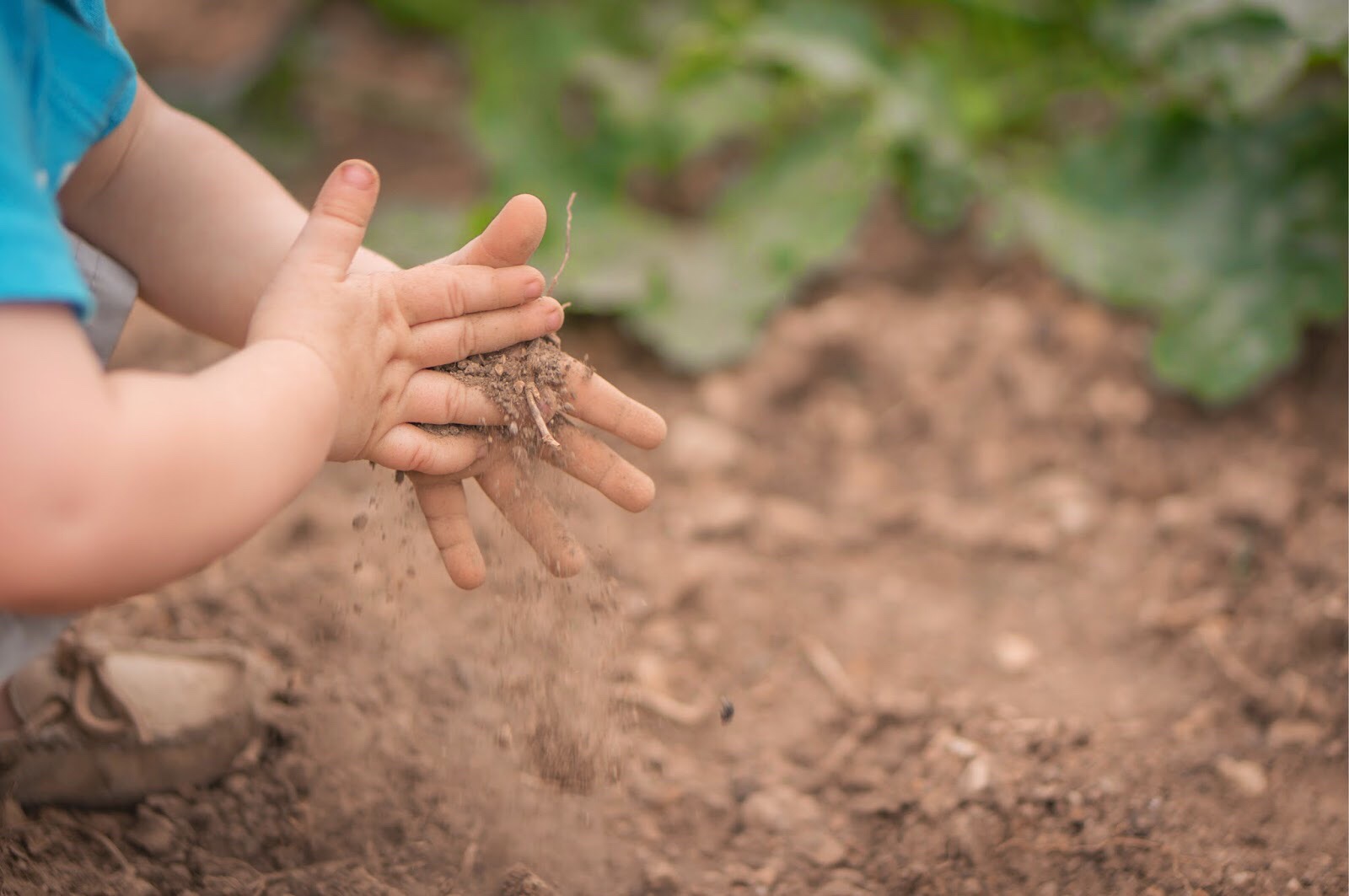Water, water everywhere: Learn the Water Cycle through music, yoga and mindfulness
Welcome to the first of a two-part series on exploring STEM (science, technology, engineering, and mathematics) curriculum through music, yoga and mindfulness.
Too often we view curriculum as either/or...either arts-focused or science-focused, music or technology, hard or soft skills.
The reality is much less binary. Many of the skills we learn in music have applications in math. Creativity honed in arts education encourages scientific discovery and the ability to think outside the box. Complex concepts are better understood and retained if we can make them tangible through physical movement, or manipulate them in a play environment.
“The most beautiful thing we can experience is the mysterious. It is the source of all true art and science." - Albert Einstein
This month, in classrooms across NYC, children will be learning about water. Read on for some ideas about how to explore "The Water Cycle" using music, yoga and imagination. Once we start to explore creative curriculum, the possibilities for integration of science, music, movement and mindfulness become endless.
The earth has a limited amount of water and that water has been here since as long as the earth has. It just keeps changing form, going around and around in the Water Cycle, influencing climate and maintaining most life and ecosystems on the planet.
We love this awesome Water Cycle diagram designed by US Geological Survey and the United Nations FAO. CLICK HERE FOR AN INTERACTIVE DIAGRAM
1. Evaporation
The water cycle is powered by the sun, which heats up water in rivers, lakes, oceans and even the soil and turns it into vapor or steam. The water vapor or steam leaves the river, lake, ocean or ground and goes into the air.
The sun heats plants and they lose water out of their leaves in a process called transpiration. That water goes into the air too.
Try this: Water and Tree Poses
Invite children to turn into a body of water (maybe they are a river, stream, puddle, lake, etc). Our bodies are actually 60% water - can we sense end explore our water quality? You may incorporate rolling on the floor or other fluid creative movements to embody water. Imagine the water being drawn up through the roots of a plant or tree and practice tree pose. Trees are about 50% water!
Try this: Sun Dance
The sun powers the water cycle. There are many variations of the traditional sun salutation. Most are done moving on the breath. Use the song with children until they learn the sequence, then switch it up with humming, breathing or even silence.
2. Condensation
Water vapor in the air gets cold and changes back into tiny liquid droplets. Those droplets come together, forming clouds, fog or mist.
Try this: Cloud Pose
Invite the children to make their bodies into little droplets of water and then come together to form clouds. This is a great opportunity to introduce group or partner poses to incorporate teamwork and social emotional learning. Ask them to describe what they see below as they float in the sky, encouraging them to use their imagination to shift their perspective.
3. Precipitation
Eventually the droplets of water condense and become so heavy that the air cannot hold them anymore. Water falls back to the earth in the form of rain, hail, sleet or snow.
Try this: Storm sound circle
Sit cross-legged in a circle and invite the children to make the sound of rain, starting softly by tapping fingers together and then getting louder by tapping their legs and then possibly even the floor with their hands. Play with tempo and volume having the rainfall move from light (quiet) to heavy (loud) and slow to fast. Options to add stomping feet for thunder, occasional loud claps for lightning, and shhhhhh sounds for wind and include those new sounds in the volume and tempo game. Another variation is to have children pass the sounds around the circle to each other, each taking turns to make the sound individually as well as in group.
4. Collection
When water falls back down as precipitation, it may fall into oceans, lakes or rivers or it may end up on land. If it ends up on land, it will either soak into the earth and become part of the “ground water” that plants and animals use to drink or it may run over the soil and collect in the oceans, lakes or rivers where the cycle starts all over again.
Try this: Water Relaxation
Invite children to turn back into a body of water by lying on their backs in relaxation pose. Invite them to imagine they are a little drop of water, flowing into a stream. From the stream they flow into a river and from the river they flow into the ocean. As they breathe in and out, they can feel their bellies rise and fall like the waves. Option to place a beanbag or weighted stuffed animal on their abdomen so they can feel the rise and fall of their breath. Ask them to notice how it feels to be both a tiny drop of water and at the same time a huge and powerful ocean.
Ask the children to use these activities to create a repeating sound and movement sequence they can move through individually or with the group. Consider possibilities for incorporating instruments as well. You might use a slide whistle for evaporation and precipitation. You could also strum a guitar or ukulele (up the scale for evaporation, hold at the top chord and strum faster for condensation, strum down the scale for precipitation, hold at the bottom chord and strum slowly for collection).
Sing along with Dan and Rachel to "When the Rain Comes Down" or one of our favorites, "Peace Like a River"
There are so many ways to explore STEM concepts using music and movement. We would love to hear some ideas from you! Read the second part of our series on exploring STEM curriculum through music, yoga and mindfulness — this time as we learn all about photosynthesis!











